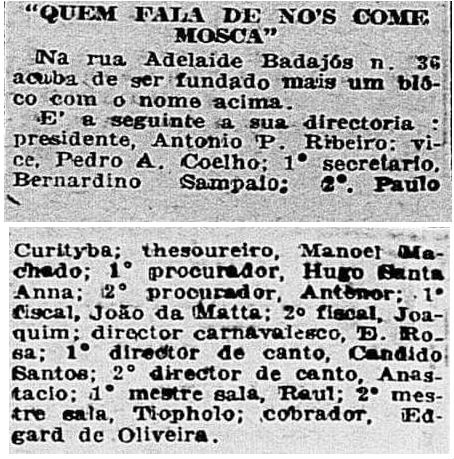HOUSE OF LADY ESTHER
The Birthplace of Portela
Born on February 14, 1896, Lady Ester Maria had samba and Carnival as true vocations in her life. Before moving to Oswaldo Cruz, she had founded a cordão carnavalesco (a traditional Carnival group) and performed as a flag bearer alongside her husband, Euzébio. Upon arriving in the neighborhood, the couple quickly integrated into the community, opening the doors of their home, with its spacious backyard, to host parties that played a vital role in shaping Rio’s samba and Carnival traditions.

Lady Ester is remembered as a gracious, charitable, and maternal figure, respected for her authority and hospitality. Her lively and welcoming home became a vibrant space for cultural exchange, where generations and musical styles converged. It hosted choro, jongo, Carnival rhythms, samba de terreiro, and samba gatherings, while fostering conversations about music and politics. Esteemed figures such as Donga, Luperce Miranda, Pixinguinha, and João da Baiana were frequent visitors. Among the younger generation, artists like Candeia and Jair do Cavaquinho honed their craft in this inspiring environment, later becoming celebrated members of Portela.

Lady Ester’s most significant contribution was hosting the foundation of the Carnival group Quem Fala de Nós Come Mosca, considered the precursor to Portela. This registered group had official permission to parade during Carnival and served as a “parent organization” for other initiatives, including Baianinhas de Oswaldo Cruz, which brought together Portela’s key founders.

Although Lady Ester was never a direct member of Portela, her role as a cultural organizer and defender of Afro-Brazilian traditions in Oswaldo Cruz is indisputable. Today, she is celebrated as an essential figure in Portela’s history, with a portrait honoring her displayed in the Portelinha. Her former home, well-preserved and adorned in blue and white, remains under the care of her family, who are proud members of Portela’s legacy.



















